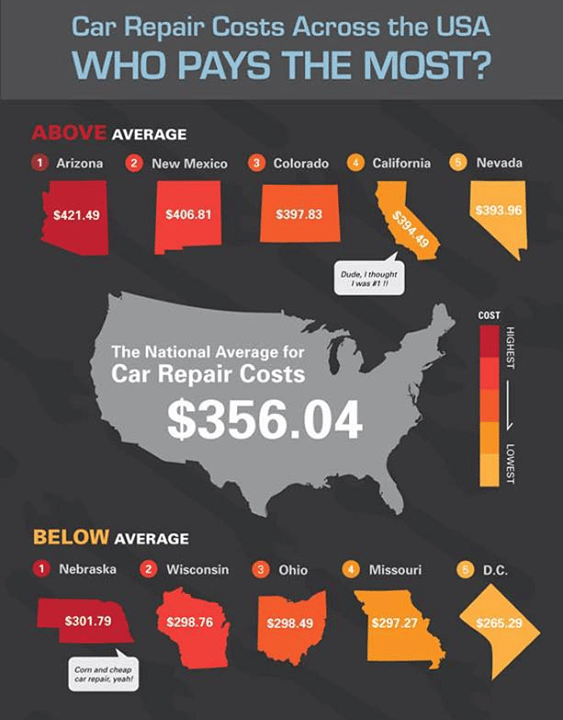Eager To Know What The Dashboard Warning Lights In Your Automobile Signify? Discover Their Significances For The Well-Being And Safety And Security Of Your Car
Eager To Know What The Dashboard Warning Lights In Your Automobile Signify? Discover Their Significances For The Well-Being And Safety And Security Of Your Car
Blog Article
Write-Up Author-Lauritsen Corbett
When you're behind the wheel, those beautiful caution lights on your dashboard can be a little bit bewildering. Do car detailing auckland price recognize what they're trying to tell you concerning your vehicle's health? Understanding the relevance of these lights is essential for your safety and the durability of your car. So, the following time one of those lights pops up, would not you wish to understand its message properly and take the required steps to address it?
Common Caution Lighting and Interpretations
Recognize typical caution lights in your vehicle and recognize their definitions to guarantee safe driving.
One of the most common caution lights consist of the check engine light, which indicates concerns with the engine or emissions system. If this light begins, it's crucial to have your lorry examined promptly.
https://brakerepairnearme84061.blogsidea.com/37506740/do-you-find-yourself-captivated-by-the-misconceptions-related-to-auto-detailing-analyze-the-facts-behind-these-misconceptions-and-discover-the-advantages-of-professional-outlining-for-every-single-automobile-owner warning light suggests low oil stress, requiring instant interest to stop engine damages.
A flashing battery light might suggest a faulty charging system, potentially leaving you stranded if not dealt with.
The tire pressure surveillance system (TPMS) light notifies you to reduced tire pressure, affecting automobile stability and fuel efficiency. Disregarding this might cause harmful driving conditions.
The abdominal muscle light indicates a problem with the anti-lock braking system, endangering your ability to quit quickly in emergencies.
Last but not least, the coolant temperature level cautioning light warns of engine overheating, which can lead to serious damages otherwise fixed quickly.
Understanding these common warning lights will aid you address problems quickly and maintain risk-free driving conditions.
Importance of Prompt Interest
Comprehending the typical warning lights in your auto is just the very first step; the significance of immediately attending to these cautions can't be highlighted enough to guarantee your security when driving.
When a caution light illuminates on your control panel, it's your car's method of communicating a potential problem that needs focus. Neglecting these cautions can lead to more severe issues in the future, jeopardizing your safety and security and possibly costing you extra out of commission.
Prompt focus to alerting lights can protect against break downs and mishaps. As an example, a blinking check engine light can suggest a misfire that, if left unattended, might cause damages to the catalytic converter. Addressing this promptly can conserve you from a costly repair work.
Similarly, a brake system advising light could indicate reduced brake liquid or worn brake pads, critical elements for your security when driving.
Do It Yourself Troubleshooting Tips
If you see a caution light on your dashboard, there are a couple of DIY repairing pointers you can attempt prior to looking for specialist help.
The initial step is to consult your car's manual to comprehend what the certain caution light suggests. Sometimes the concern can be as basic as a loose gas cap setting off the check engine light. Tightening up the gas cap may resolve the issue.
Another usual concern is a reduced battery, which can cause different warning lights. Inspecting car wash services for corrosion and ensuring they're protected could deal with the issue.
If a caution light persists, you can try resetting it by separating the vehicle's battery for a few mins and afterwards reconnecting it. Furthermore, inspecting alpha detailing , such as oil, coolant, and brake liquid, can aid repair cautioning lights associated with these systems.
Conclusion
In conclusion, understanding your auto's warning lights is essential for maintaining your vehicle running efficiently and safely. By promptly addressing these notifies and recognizing what they imply, you can avoid pricey repairs and possible malfunctions.
Bear in mind to consult your cars and truck's handbook for certain information on each warning light and act accordingly to ensure a hassle-free driving experience.
Stay notified, remain secure on the road!
